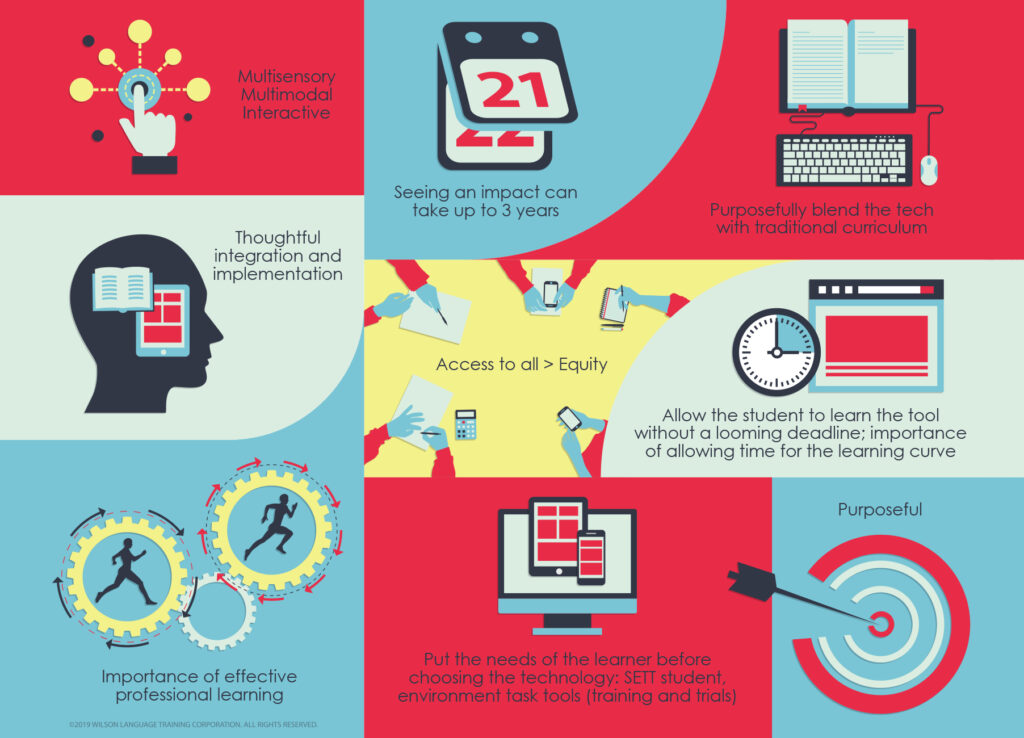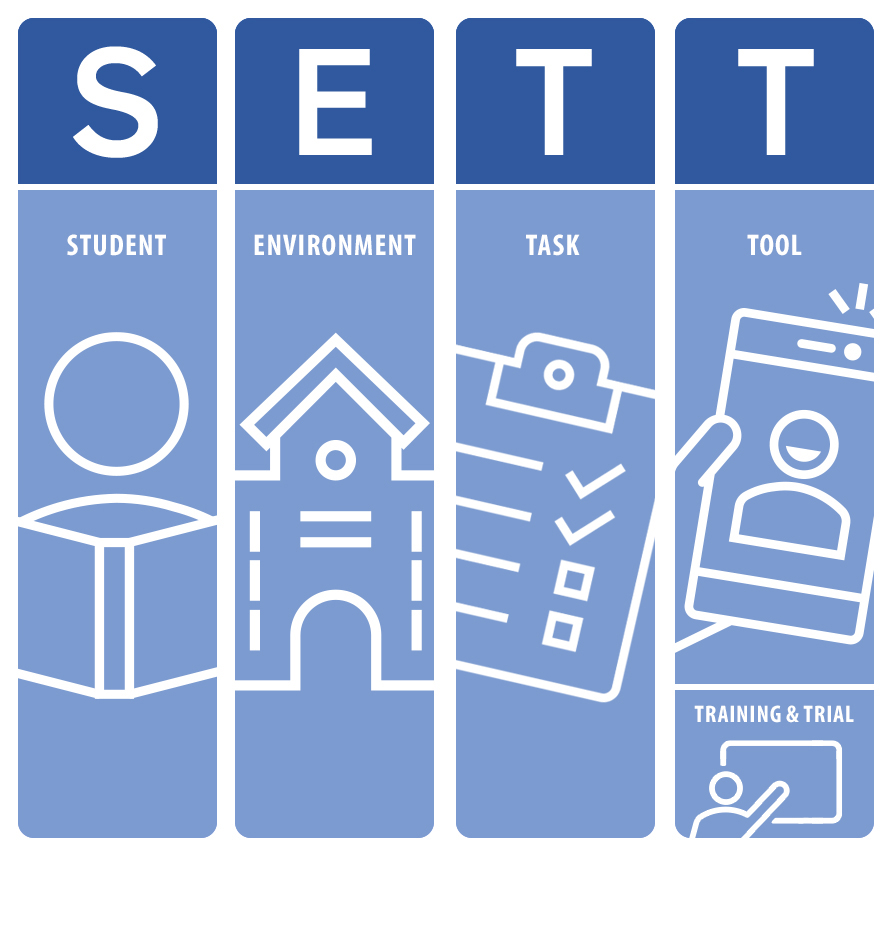Assistive Technology
Accessibility and “Literacy for All.”
What is Assistive Technology?
The federal Individuals with Disabilities Education Act (IDEA) defines assistive technology as any piece of equipment or product “that is used to increase, maintain, or improve the functional capabilities of children with disabilities.”
Assistive technology (AT) is not intended to replace traditional reading but can be a powerful supplement for students with dyslexia and other learning disabilities. AT is the vehicle by which the student gains access to grade-level content.
Over the past decade, great advances have been made in technology that support students with documented needs. Although not a replacement for explicit reading instruction provided by professionally trained teachers, AT tools are geared toward facilitating learning to help level the metaphorical playing field for students with learning challenges.
Resources
Families and educators can find information about navigating AT options through a variety of resources, including:
- The Center on Technology and Disability
- The International Dyslexia Association (IDA)
- Quality Indicators for Assistive Technology
- Understood
- Wrightslaw
More information also can be found in the article Assistive Technology: An Overview for Parents of Students with Learning Disabilities by Wilson’s Director of Accessibility and Assistive Technology Solutions, Nanci Shepardson.

Assistive Technology in Schools
Under the IDEA, public school systems are required to provide appropriate assistive technology supports to students with documented learning disabilities so they can access grade-level content and keep pace with their classmates. Assistive technology tools can be geared toward all types of learners.


Eligibility
Assistive technology should be considered once a student’s educational team determines that either a 504 plan or an Individualized Education Program (IEP) is needed. By law, assistive technology must be considered as part of a student’s 504 Plan and/or IEP process.
Assessment
An assessment of AT needs is usually done as part of the IEP or 504 process. During the IEP or 504 planning process, it’s important for parents to request an AT evaluation by a qualified AT specialist to determine whether there is a need for this supportive assistance. If there is a need, the next step is to identify which tools should be provided to the student. Each state, and even different towns and cities within the same state, may have different forms for requesting an AT evaluation through a public school system.
Once an IEP team has reviewed the assessment results and determined that AT is needed to provide a student with a free, appropriate public education (FAPE) as required by law, the document must define the team’s findings as clearly as possible. The document should include who will be trained and by whom. The teacher(s), the caregiver(s), and the student should all be included in the training section of the AT document. A follow-up meeting date should be set to review how the AT tool(s) are working for the student. The need to try several tools before the right fit is determined is not unusual, so follow-up meetings are essential.
While private schools are not required to provide AT, some independent schools are eligible for IDEA funding for this purpose.

Selecting Assistive Technology
Select the right tool for your learner by using the Student, Environment, Tasks, and Tools (SETT) framework.
